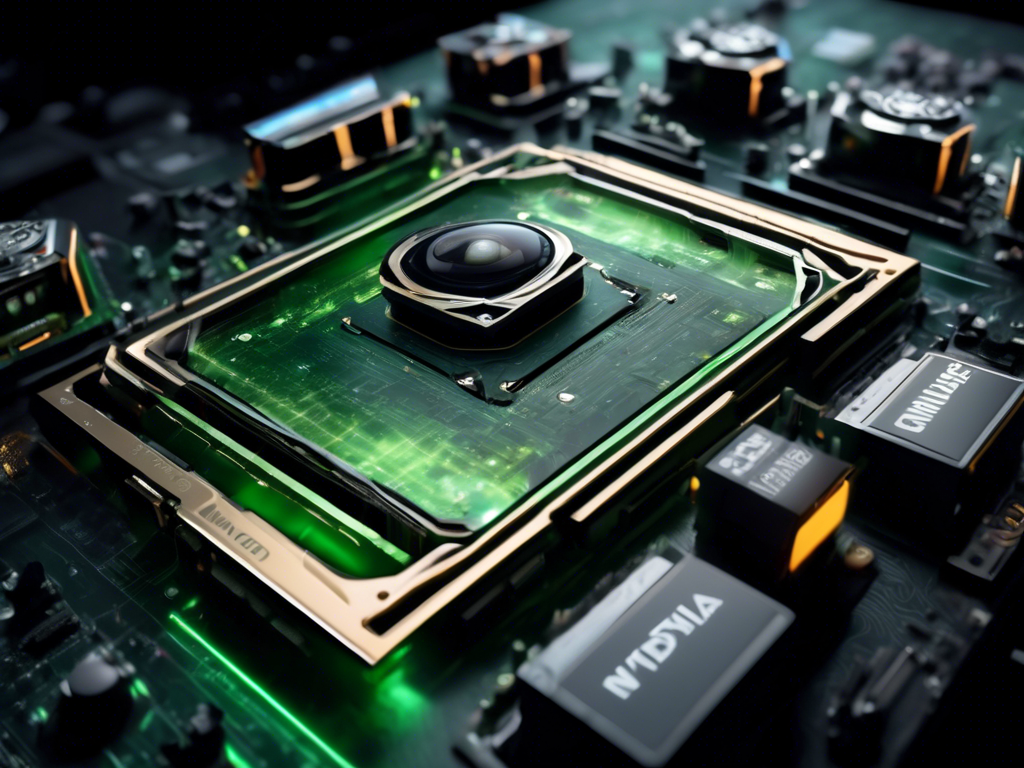Ethena’s USDe Synthetic Dollar Hits $3B Supply Milestone 🚀
Congratulations on reaching the $3 billion milestone for Ethena’s synthetic dollar, USDe. This achievement underscores the rising demand and trust in stablecoins within the DeFi ecosystem.
Ethena’s Synthetic Dollar Breaks $3 Billion Barrier
USDe, a dollar-pegged stablecoin developed by Ethena Labs, leverages staking ETH and managing derivatives to generate returns. Operating on the Ethereum blockchain, USDe enjoys full on-chain backing and seamless integration with other blockchain protocols.
- USDe’s market valuation hit approximately $3.02 billion on June 2.
- This positioned USDe as the fourth-largest stablecoin, outpacing FDUSD’s $2.9 billion supply.
- Ethena’s CEO, Guy Young, highlighted USDe as the fastest USD asset in crypto history to achieve this milestone.
Ethena’s USDe Distribution Breakdown
As per EtherScan data:
- Approximately 13,235 unique addresses hold USDe.
- Ethena’s smart contract owns the lion’s share with 1.22 billion USDe (over 40% of supply).
- The LP staking address holds 511.2 million USDe (16.8% of the total supply).
- Notable holders include Pendle Finance, Morpho, and Zircuit.
Concerns and Criticisms
Despite its rapid growth, some experts have raised concerns:
- DeFi expert Andre Cronje cautioned about USDe’s potential collapse akin to TerraUSD (UST) due to perpetual contracts and yield-based collateral.
- CryptoQuant founder Ki Young Ju questioned USDe’s delta-neutral strategy sustainability during bear markets.
Project Traction and APY Offering
Despite criticisms, Ethena continues to gain momentum:
- Ethena offers a 33.5% APY for USDe, attracting DeFi enthusiasts.
- 200,200 users have already joined, but new participants require an inviting code.
Congratulations to Ethena on USDe’s Rapid Growth 🎉
USDe’s swift rise to a $3 billion supply underlines the escalating demand for innovative stablecoin solutions. Ethena’s success not only validates synthetic stablecoins but also establishes a new milestone in DeFi, paving the way for future adoption in the space.





 By
By
 By
By
 By
By


 By
By